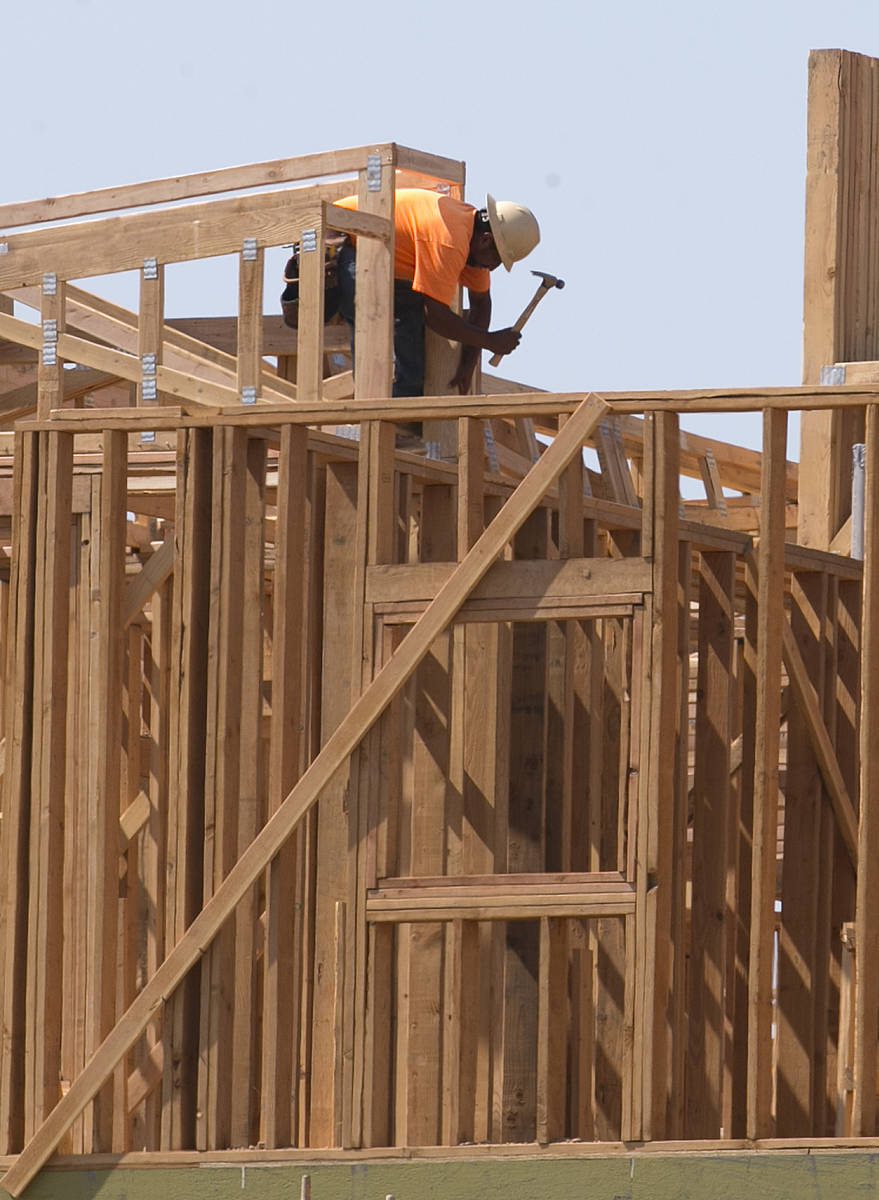EDITORIAL: Regulations, bureaucracy driving California’s housing crisis
“Affordable housing” was a hot topic before the coronavirus hit. It will no doubt remain so as the country struggles to overcome the economic devastation wrought by widespread business closures and job losses. But even this powerful pandemic can’t countermand the laws of supply and demand.
Some leftists have called for rent strikes or constitutionally dubious government edicts suspending rent payments for middle- and low-income workers in the coming months. But where does that leave landlords who have their own bills to pay? Such misguided prescriptions will only exacerbate the problem by further drying up the housing supply and increasing prices.
This reality is finally beginning to sink in on the West Coast. In a lengthy investigative piece published last month, the Los Angeles Times put the blame for California’s rising homelessness and dysfunctional housing market on a vast bureaucracy intent on making it as difficult as possible for developers to provide a necessary commodity.
“The notoriously high price of land and the rising cost of construction materials are part of the reason” for the crisis, the paper noted. “But The Times found that numerous factors within the control of state and local governments also are to blame, including opposition from neighbors and rules that compel developers to meet labor and environmental standards that often exceed what’s required.”
Paging Captain Obvious.
In addition, state and local “affordable housing” mandates have failed miserably despite massive amounts of tax dollars diverted to such projects. In the Bay Area, the Times found, the average cost of constructing an apartment across six “affordable housing” developments now exceeds $900,000. “Indeed,” the paper reported, “what developers in California pay to build affordable housing is more than what they do for market-rate homes for the broader population,” a Cal-Berkeley study concluded.
The roadblocks erected in front of developers are intended to appease an array of constituencies, including environmentalists, unions and neighborhood NIMBYs. Wage mandates that guarantee workers earn union pay add about $50,000 to the cost of building one affordable housing unit, the Berkeley study calculated. “Projects built to stricter environmental standards cost $17,000 more per apartment than those that aren’t,” the Times found.
Other hurdles also help drive rising costs and include a hodge-podge of arbitrary local and state restrictions regarding financing, parking and construction.
Let this be a cautionary tale for Nevada’s legislative Democrats, who often take their cues from their Golden State counterparts. Coronavirus or no coronavirus, the most effective means of addressing higher housing prices is for policymakers to create the conditions that best allow developers to meet demand.




























